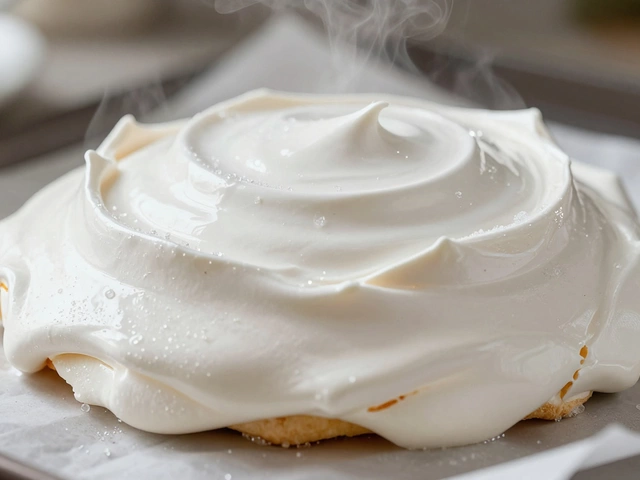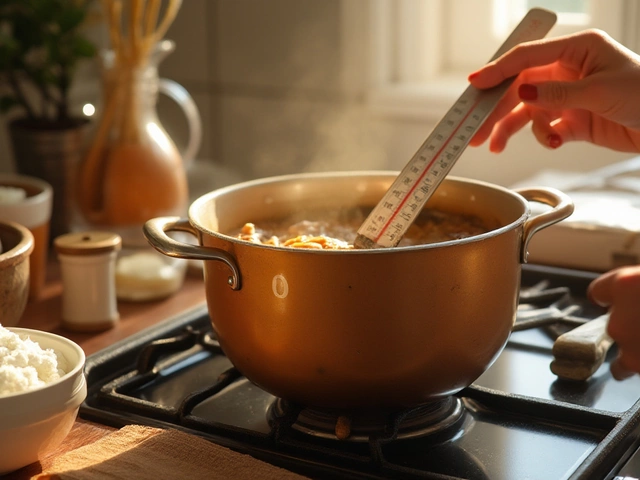Detect Effects – How to Spot What’s Happening in Your Kitchen
Ever wonder why a cake sinks, fudge turns grainy, or a cheesecake cracks when you skip the egg? Those are the little clues your food gives you when something goes off‑track. This page gathers the best tips for detecting those effects fast, so you can fix them before the batch is ruined.
Why Detecting Effects Matters
When you catch a problem early, you save time, ingredients, and frustration. Knowing that a candy thermometer reading signals a soft‑ball stage tells you whether your fudge will be creamy or crumbly. Spotting a faint sour smell in brownies can warn you about spoilage before you serve them. Each detection point is a shortcut to better results.
Our tag pulls together posts that explain the science behind common mishaps. For example, the fudge temperature guide breaks down the exact 112‑115°F range you need, while the “boil fudge too long” article shows what happens when you overcook and how to rescue it. These practical clues turn guesswork into confidence.
Quick Ways to Spot Common Baking Changes
Texture clues: If a gluten‑free cake looks dense, it’s often because the batter lacks the structure gluten provides. Look for a smooth, glossy batter and use a light hand when folding in dry ingredients. The “gluten‑free cakes sink” post gives a step‑by‑step fix.
Ingredient swaps: Skipping an egg in cheesecake changes the setting power. The “skip egg in cheesecake” guide explains how the texture shifts from firm to wobbly and suggests a plant‑based binder if you need to go egg‑free.
Temperature signs: A candy thermometer reading above the soft‑ball stage means your fudge will be hard. The “fudge temperature guide” shows how to adjust for altitude, so you never miss the sweet spot.
Storage warnings: Brownies that smell sour or have a damp surface are likely spoiled. The “how to tell if brownies are bad” article lists three visual signs and storage tips to keep them fresh longer.
Visual cues: Cookies that don’t rise usually suffer from too much butter or insufficient leavening. The “why cookies rise” post breaks down the role of baking powder and how oven temperature affects puff.
Using these detection methods becomes second nature after a few tries. You’ll start reading your batter, dough, and finished treats like a pro, catching problems before they snowball.
Remember, every bake is a little experiment. When you notice an odd smell, a strange texture, or a color shift, pause and check the relevant guide. The tag’s collection covers everything from fudge mishaps to why Kathleen’s cake name matters, giving you a one‑stop shop for troubleshooting.
So next time your dessert looks off, don’t panic—detect the effect, apply the fix, and enjoy a perfect result. Happy baking!

How to Know When a Pot Brownie Hits: A Guide to Edible Experiences
Navigating the journey of consuming pot brownies can be both exciting and mysterious. This guide helps you understand when the effects of an edible set in, how long they last, and what to expect physically and mentally. Learn about the varying time frames affected by personal tolerance, metabolism, and the potency of the brownie itself. Discover tips for a smoother and more enjoyable experience, and how to stay safe during your edible adventure.
View More




